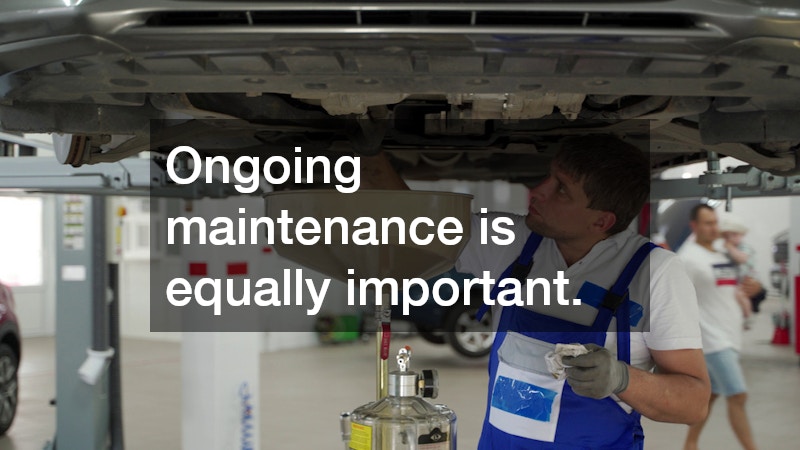When venturing off the beaten path, the capability of your vehicle’s drivetrain becomes crucial. While many focus on tires or suspension, the transfer case, the component responsible for sending power to both front and rear wheels, plays a pivotal role in conquering difficult terrain. This transfer case mechanism ensures your vehicle maintains traction on slippery, uneven, or steep surfaces. Picking the appropriate version of this drivetrain system can dramatically improve your vehicle’s off-road performance, providing better control, durability, and reliability when you need it most.
Understanding Its Importance in Off-Roading
This drivetrain component acts as a power splitter, allowing torque from the engine to be sent to multiple axles. By doing so, it enables the vehicle to operate in various modes — from two-wheel drive on normal roads to four-wheel drive when extra traction is required. Additionally, many versions include a low gear range, which supplies increased torque for crawling over obstacles like rocks or steep inclines at slower speeds. Without this capability, your vehicle would struggle to maintain grip, especially in challenging off-road conditions.
The system’s role is particularly valuable when shifting between different surfaces. Driving on pavement doesn’t demand power sent to all wheels, but transitioning to mud, snow, or sand requires that power be distributed to maintain momentum. This drivetrain element facilitates these transitions seamlessly, providing the necessary traction to keep moving forward.
Different Designs and How They Affect Performance
There are two main categories to consider: manual and automatic units. Manual types require the driver to engage four-wheel drive modes actively and select between high or low gearing. This hands-on control is favored by serious off-roaders who need to dictate precisely when and how their vehicle applies extra power. Being able to decide when to engage low range or switch back is vital for maneuvering through difficult terrain.
Automatic systems, however, use sensors to detect wheel slip and adjust power distribution on the fly without driver input. These are ideal for those who occasionally face slippery conditions but primarily drive on regular roads. While convenient, automatic versions might lack the granular control that off-road enthusiasts prefer for technical driving situations.
The internal construction also varies. Some use chains to transfer power to the front axle, resulting in quieter operation and lighter weight, which benefits everyday driving. However, chains can wear or stretch over time, especially under heavy off-road stress. Other designs employ gears to transmit power, which adds durability and robustness at the cost of additional noise and weight. Gear-driven designs are popular among those who demand maximum reliability in harsh environments.
What to Keep in Mind When Selecting Your System
Choosing the right transfer case depends heavily on how you use your vehicle off-road. Light trail driving or infrequent excursions might be adequately served by an automatic, chain-driven design. More extreme activities, like rock crawling or deep mud fording, often require manual engagement and gear-driven sturdiness.
It’s also essential to ensure the transfer case is compatible with your specific vehicle model. Not every version fits every make or model, so checking this beforehand is critical. Many opt for aftermarket upgrades that improve on stock capabilities with stronger internals and better gear ratios suited for demanding conditions.
Durability is key. Chain-based systems might need more maintenance over time, while gear-driven options generally offer longer life with less upkeep. Balancing toughness with maintenance costs and availability of replacement parts should factor into your decision. It’s also important to consider the quality of materials and craftsmanship behind the unit. Higher-grade components often withstand the harsh stresses of off-roading better, reducing the likelihood of unexpected failures. Additionally, researching user experiences and reviews can provide insight into how a particular system performs over time under demanding conditions.
Weight and fuel efficiency are additional considerations. Heavier components can reduce fuel economy and affect handling, but this trade-off might be worthwhile if it means greater reliability and capability during off-road adventures. For many off-road enthusiasts, the slight decrease in efficiency is a small price to pay for the added confidence and durability a robust system provides. Furthermore, proper maintenance and driving habits can help mitigate some of the fuel economy impact.
Professional Installation and Maintenance Are Essential
Installing or upgrading this drivetrain feature is complex and should be handled by experienced professionals. Proper installation ensures alignment and function are optimized, preventing premature wear and potential damage. A skilled mechanic can also recommend complementary upgrades that improve overall drivetrain performance. These might include stronger driveshafts, upgraded differentials, or reinforced axles, all working in harmony to enhance off-road capability.
Ongoing maintenance is equally important. Regular fluid checks and inspections will help keep the system operating smoothly and prevent costly failures when you’re far from help. Neglecting maintenance can lead to leaks, contamination, or internal damage that compromises performance and reliability. Scheduling periodic inspections, especially after intense off-road use, helps identify issues before they become serious problems.
Selecting the right drivetrain component to manage power distribution between axles is fundamental for anyone serious about off-roading. It influences traction, control, and the ability to handle challenging terrains. Whether you choose manual or automatic, chain-driven or gear-driven, matching your vehicle’s needs and your off-road style will lead to better performance and reliability. Investing in the right system ensures you’re prepared for whatever the trail throws at you, giving you the confidence to explore further and tackle tougher adventures.




